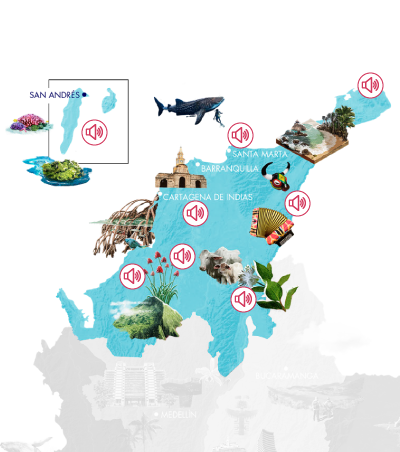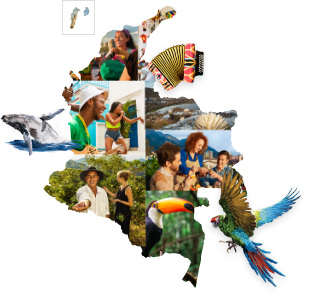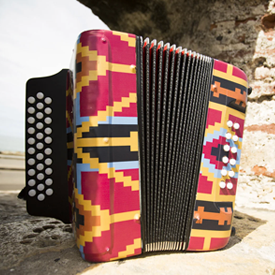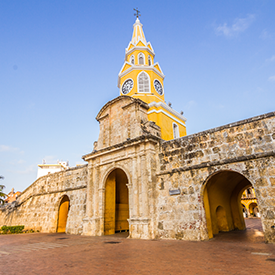Cordoba, much more than the Caribbean

Credit: Óscar Garcés // Shutterstock.com
Córdoba, Colombia, is a department rich in rivers, sea and mountains, where diversity of ecosystems come together. Due to its geography, it is a agricultural land with an intercultural mixture fed by indigenous, Lebanese, European and African heritage.
Córdoba is a department of the Greater Colombian Caribbean that connects with the Caribbean and the center of the country, thanks to a geography of rivers, sea and mountains that join each other. In this region, a mixture of cultures, both national and foreign, have settled, which today influence its entire territory and make it a very interesting destination for its visitors.
Natural Lattice
Along with Bolívar, Magdalena, Sucre and Cesar, Córdoba is part of the Momposinadepression, where diversity of ecosystems come together. This department is part of the Ayapel mountain range, the Ayapel swamp and the drainage of the San Jorge River. In addition, it has the Sinú River, which is a symbol of pride for the region and for the country for being the scene of countless ancestral stories and source of great wealth in the department.
Due to its geography, Córdoba is a farmer and rancher territory, full of rice and cotton crops that at the time was the pantry of Cartagena.
Featured: Download the magazine about the department of Córdoba to discover all the natural tourist attractions that the territory has.
A multicultural deparment
Cordoba is a department of ports that in the past allowed the arrival of products and people, mainly Lebanese and European. Among them are that of San Bernardo del Viento that brought great development to the region, and the port of Santa Cruz de Lorica,currently a market recognized for its traditional gastronomy.
Among the cultural influences that are part of the Cordoban identity are the indigenous Zenúes, who carried out great engineering works, and the Embera, who stood out for their mastery of water transportation.
Highlighted quote: The Zenues, known for their handicrafts in arrow cane, In Tuchín currently have the largest manufacture of vueltiaos hats ,an artisanal legacy that has become an icon of Colombia in the world.
The black culture, symbol of strength and resistance, has given the department the magic of the Bullerengue, a musical genre that is born from the songs of the palenqueros and translates the experiences of its people through its lyrics
Europeans, who came to the department via the Sinu River and the Caribbean Sea, brought cattle to the region as well as a strong oral tradition that today is reflectedin cowboy songs. Finally, the Arabs have had a great influence on gastronomy and architecture, especially in the municipality of Lorica.
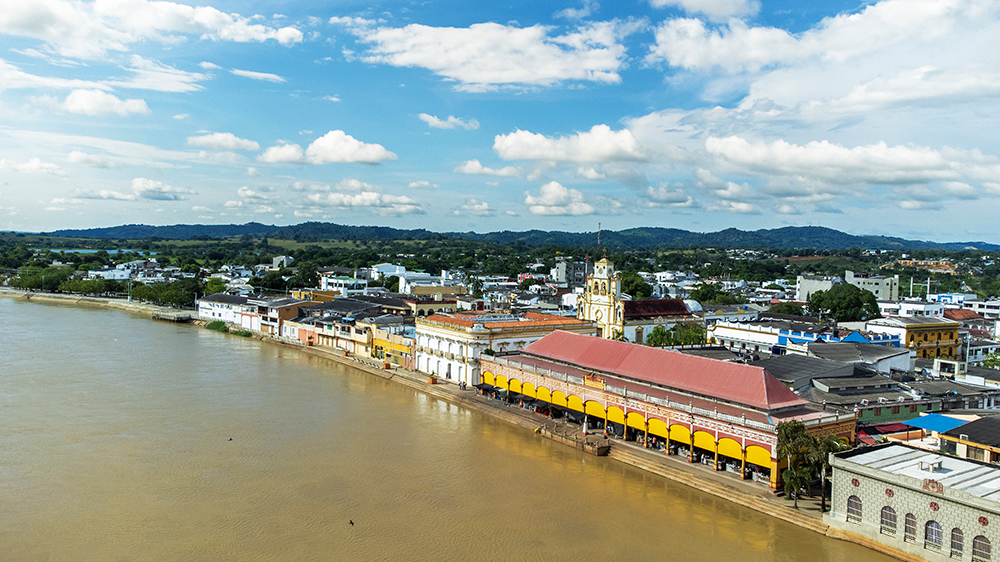
Photo caption: The center of Lorica is considered Historical-Architectural Heritage.
Artistic Cordoba
From the meeting of the different cultures a connection was born in this land; musical expression that invites dance and enjoyment. Cordoba is also home to the largest festival of its kind: the Festival del Porro de San Pelayo, a festival that brings people together between whistles, drums, dances and bands.
Some of the great exponents of this musical legacy at the local and national level are Miguel Emilio Naranjo, Pablo Flores, José Antonio Petro, María Varilla, Adriana Lucía and Martina la Peligrosa.
Featured: Get to know the magazine about the department of Córdoba and discover more about the artistic expressions of the region.
On the other hand, Córdoba not only stands out for its music but also for being an intellectual department of poets, writers and historians, many of whom tell stories of their department based on their cultural diversity, contributing to the understanding and recognition of the Greater Colombian Caribbean.
Sightseeing attractions
The places to visit and activities to do in the department of Córdoba have to do with its diverse and fertile geography, where the Sinú River is the mainartery, and those spaces with history, architecture and heritage that speaks of the meeting of their cultures.
Some of the emblematic places to know are the Bay of Sispatá in Antero,Playa Blanca, Parque Lineal la Ronda del Sinú, San Andrés de Sotavento, Tuchín, Montería,among many others.
Finally, Cordoban cuisine is another attraction of the region, as it has adapted to the influences of Arabs, Europeans, indigenous and Africans. Among its most popular dishes are quibbe, fish sancocho, stewed bocachico, rice apastelado and mote de queso.
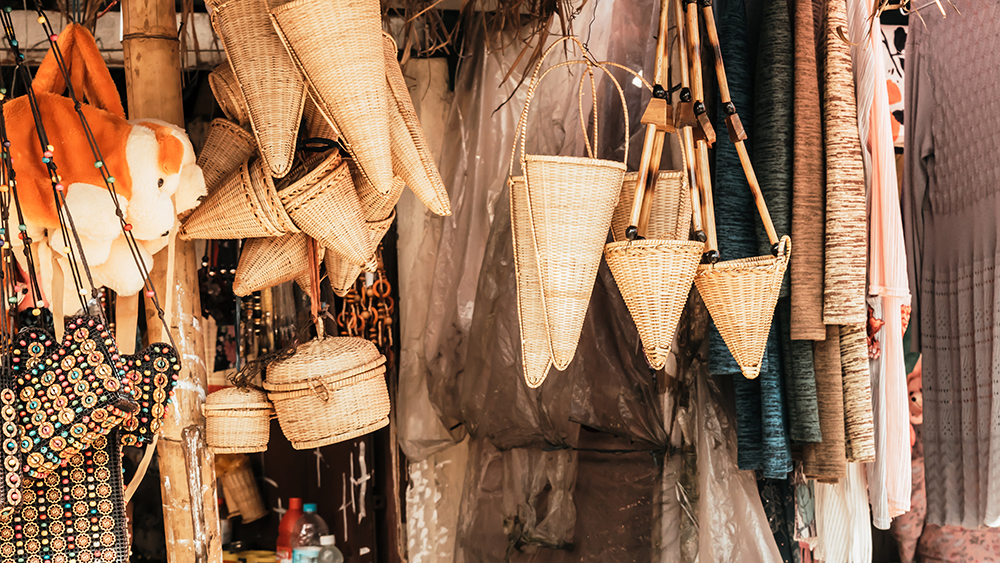
Photo caption: In addition to the characteristic vueltiao hat, handicrafts such as tulas, bags, rings, bracelets and arrow cane sandals also steal the attention of tourists for the quality of their manufacture.




